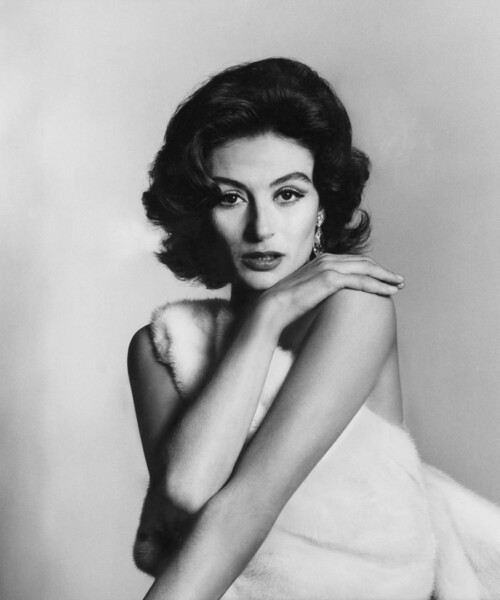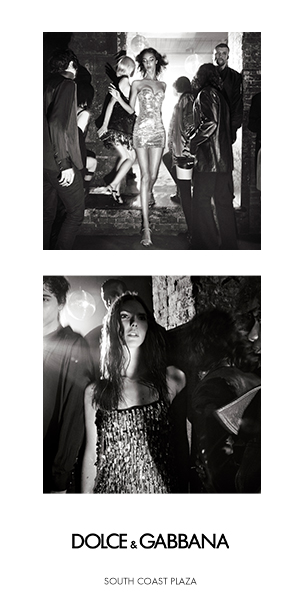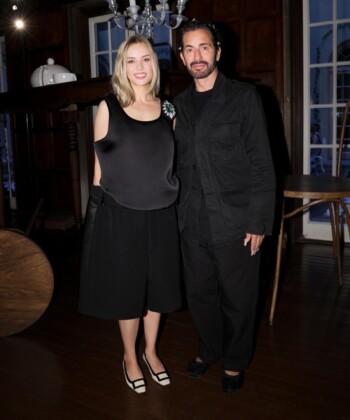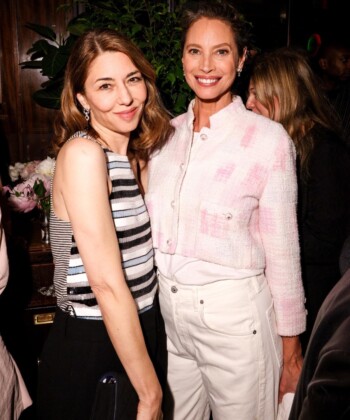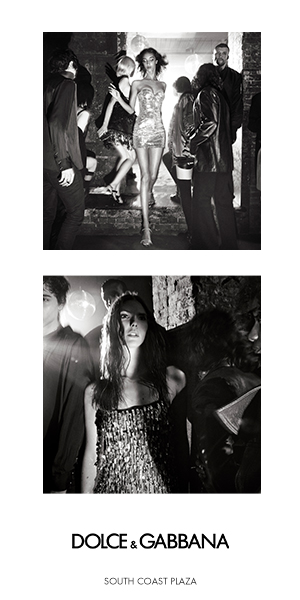“Diana Vreeland was really a larger-than-life character,” says expert graphologist Annette Poizner of the late fashion editor. “She was intuitive and analytical, creative and colorful, psychologically minded, extremely intelligent, animated, dramatic, flexible, good physical coordination, fast thinking and fast moving.”
Though Poizner never actually met the fashion visionary, she’s able to decipher a great deal about Vreeland’s personality through her handwriting. In the sample above—an excerpt from the new book Diana Vreeland Memos: The Vogue Years (out October 15)—Poizner draws several interesting conclusions about Vreeland, who served as editor of Vogue from 1962 to 1971 and who worked at Harper’s Bazaar from 1936 to 1962.

“She renders letters rhythmically and artfully in a way that is simplified yet mostly retains legibility. She pens her sample quickly which means she thinks fast and moves fast,” Poizner explains. “As a personality type, I would call her ‘expressive.’ Expressives are dynamic, creative, outspoken, productive people who are multifaceted and constantly have new ideas.” Dynamic and expressive is right; Vreeland’s living room was famously cloaked all in red.
The memo seen here—a note from Vreeland to legendary photographer Richard Avedon—is one of the 250 pieces of personal correspondence published in Diana Vreeland Memos: The Vogue Years, which hits shelves this month. Edited by Vreeland’s grandson Alexander Vreeland, the book is a compilation of photographs and notes between Vreeland and fashion industry icons like Coco Chanel, Oscar de la Renta and Guccio Gucci, and shows a more personal side of the resolute editor.
Poizner points out that Vreeland’s downward strokes stop abruptly—seen in the “f” in face and “y” in your—a trait which is particularly revealing. “When the writing goes down strongly the way hers does, you expect that the line will fade out—that the writer will gradually remove pressure from the pen because that would be the easiest way to do this stroke. Imagine the amount of willpower it takes to firmly create that line, and then stop as if on a dime. She was an incredibly strong woman.”
Below, Poizner offers a deeper analysis of Vreeland’s writing.

1.
“She writes with an upright slant. That denotes objectivity, poise. A
person who maintains themselves with a certain grace. She maintains a dignified demeanor at all times.”
2.
“We see intuition in the way she sometimes connects her letters and other times leaves them disconnected. This is also the sign of writing skill.”
3.
“In the word ‘simply,’ she doesn’t bother to finish shaping the p because she’s rushing to say the next thing. Enthusiastically charging forward! You can see the haste, right?”
4.
“She makes lines to separate her text that are sort of wavy, like water… It’s actually an allusion to water, a symbol people put in their handwriting that shows psychological mindedness and diplomacy skills.”
5.
“Note her down strokes which go strongly down—a straight firm line, and then she abruptly stops it. That’s a sign of willpower.”
6.
“The large size of the writing shows her animation. She enjoys being the center of attention.”
MORE FAMOUS LAST WORDS:
Stephen King on Why Men Marry
Courtney Love on Beautiful Women
Al Sharpton Quotes Himself

























